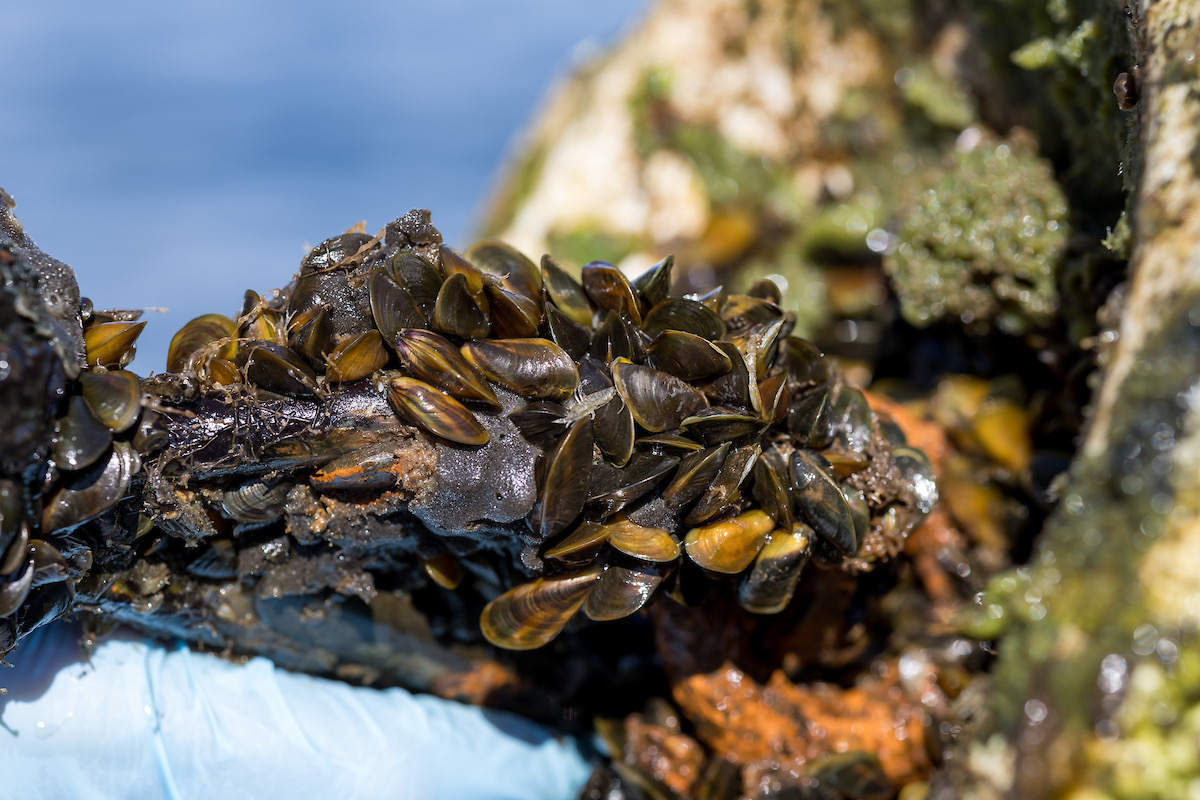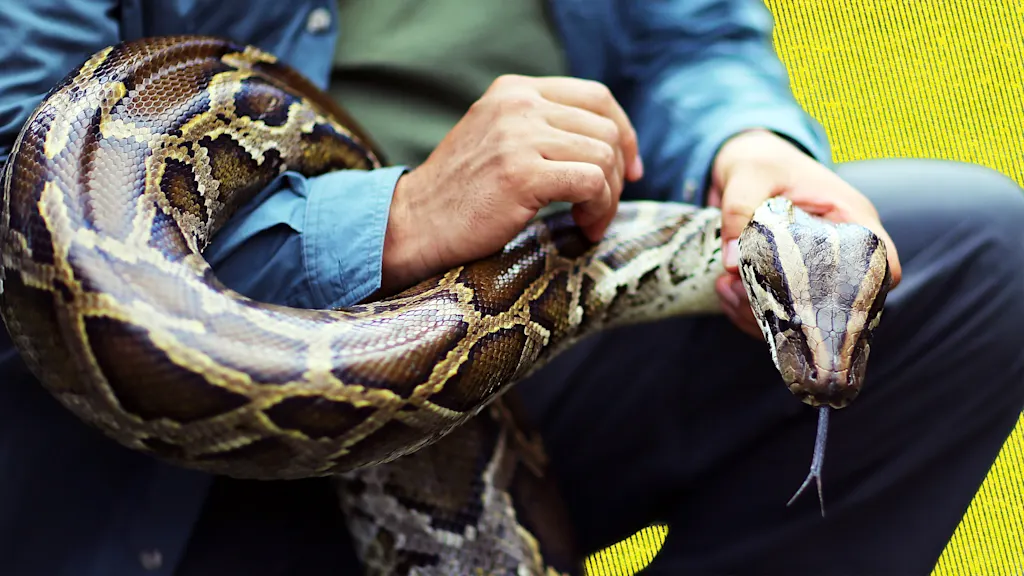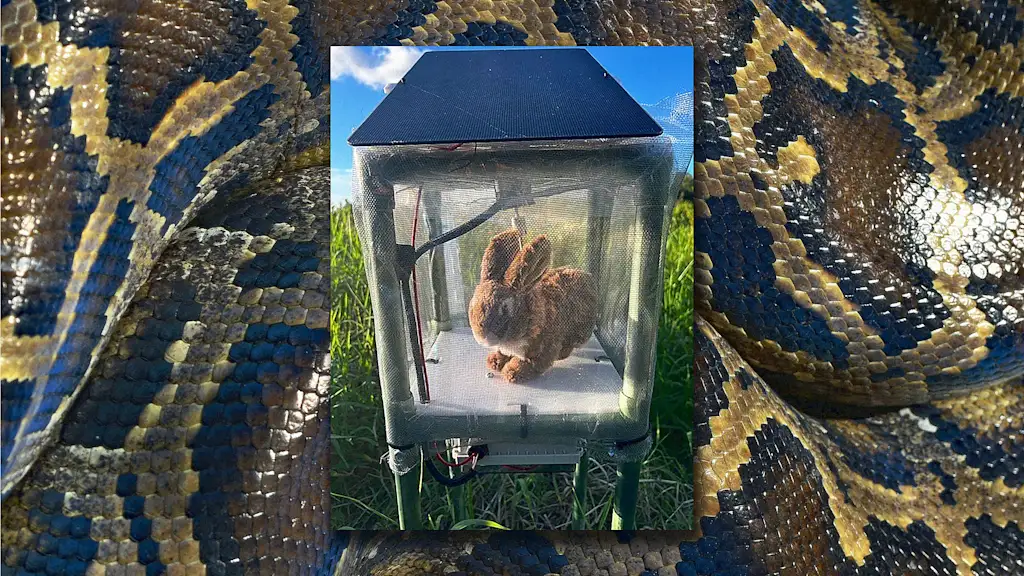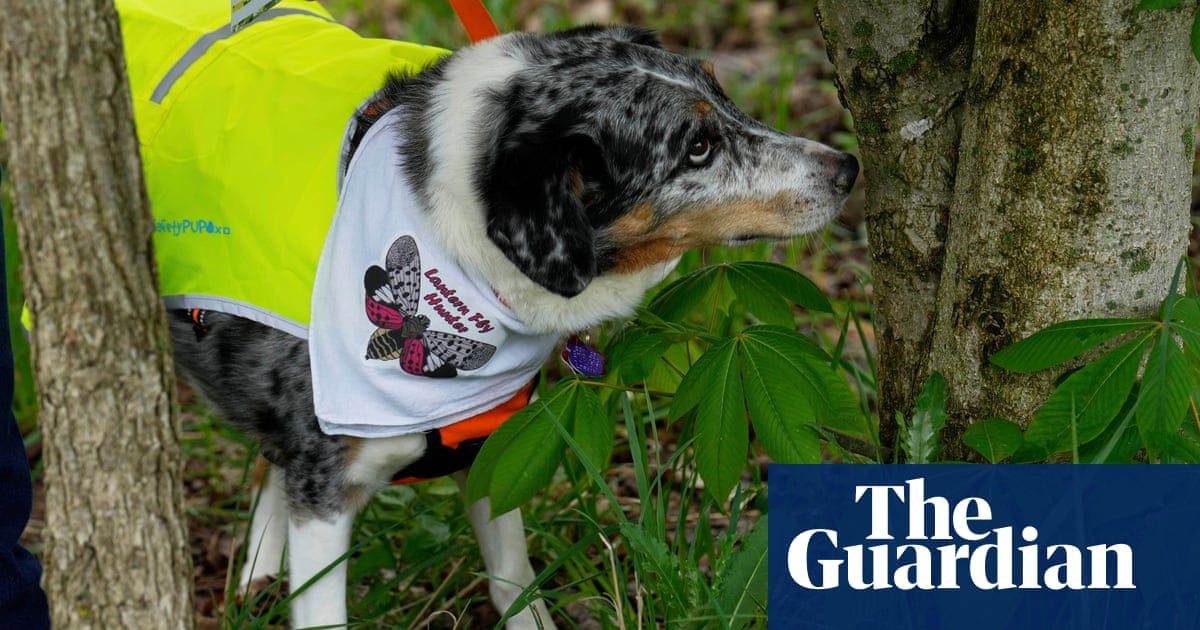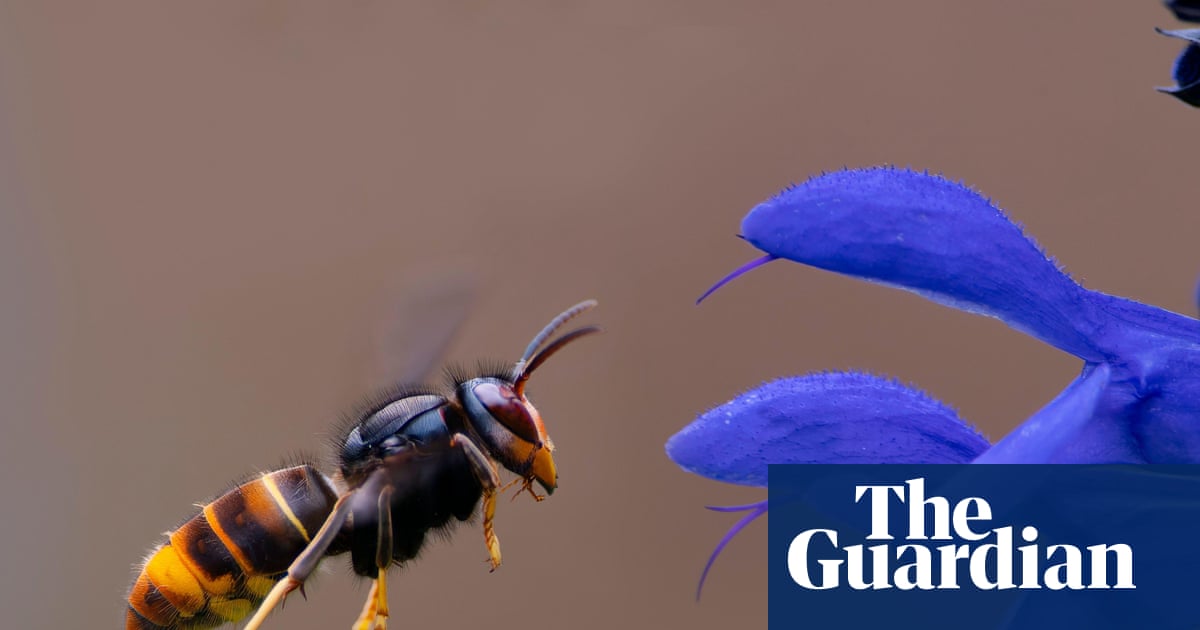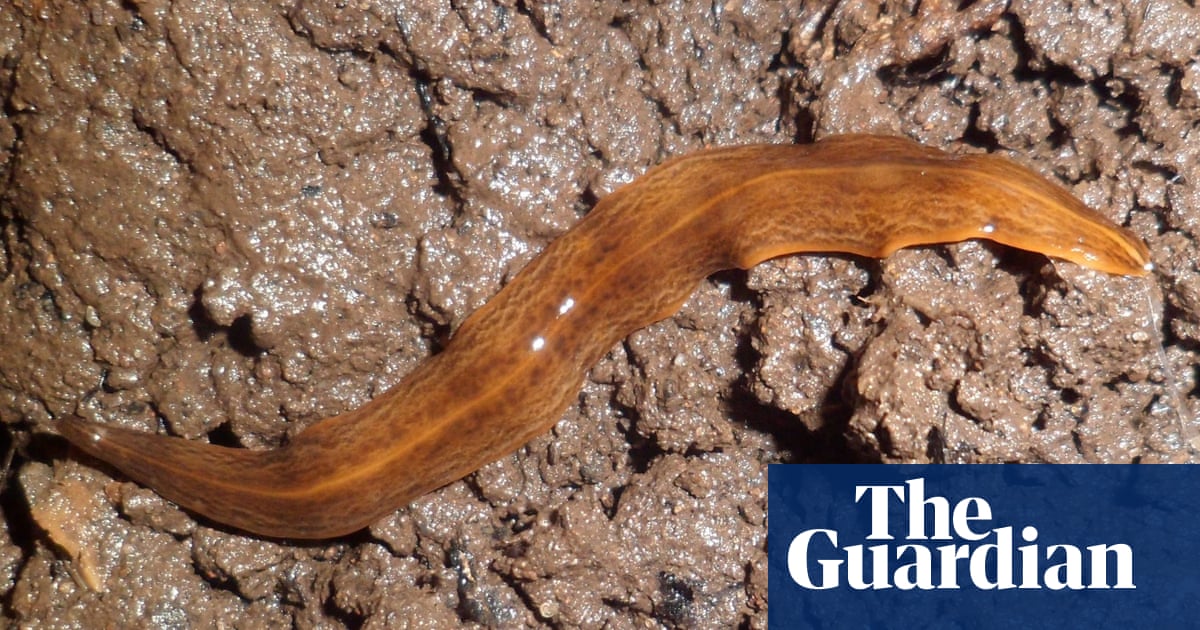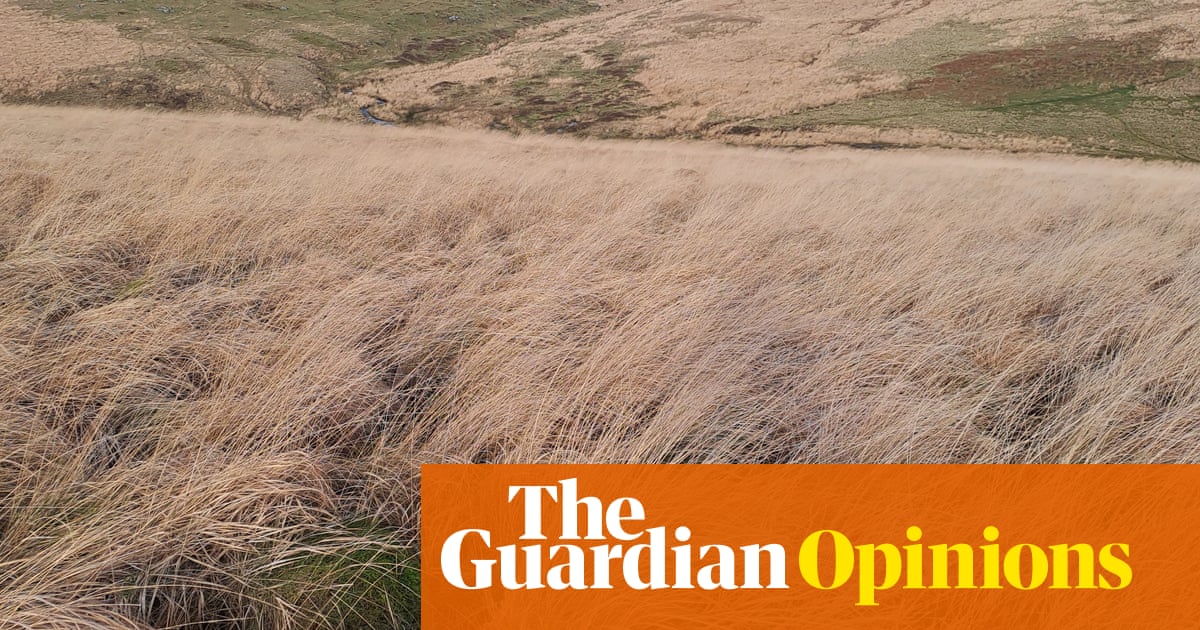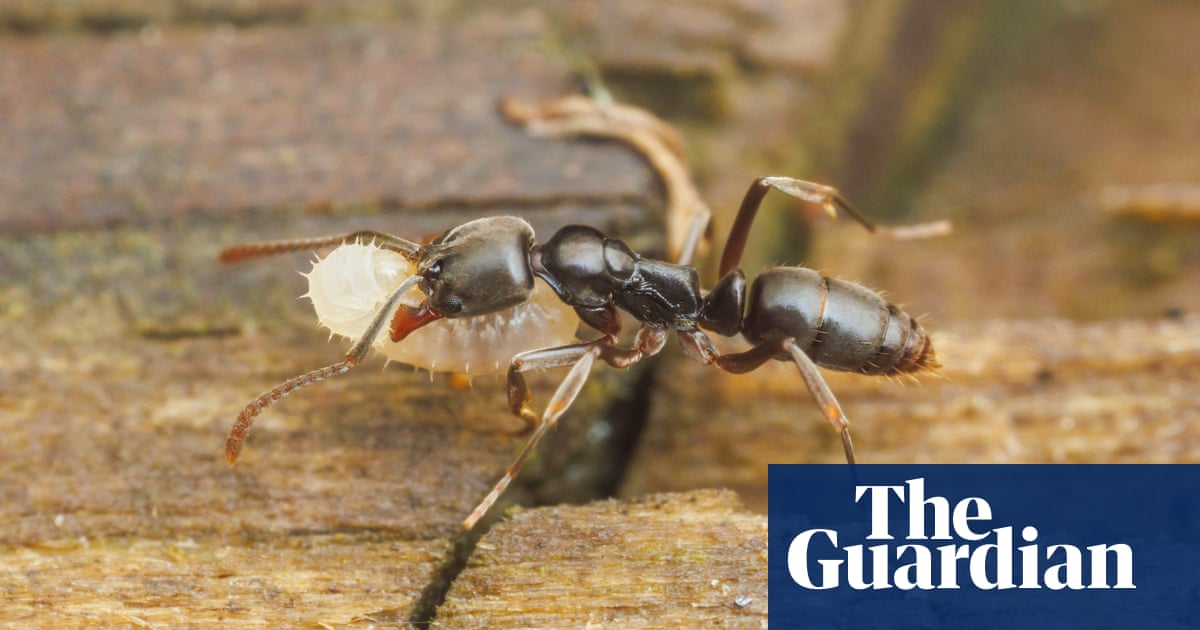#invasive-species
#invasive-species
[ follow ]
#asian-hornet #spotted-lanternfly #environmental-impact #biosecurity #burmese-python #agriculture #biodiversity
fromwww.theguardian.com
1 week agoHow an invasion of purple flowers made Iceland an Instagram paradise and caused a biodiversity crisis
It was only when huge areas of Iceland started turning purple that authorities realised they had made a mistake. By then, it was too late. The Nootka lupin, native to Alaska, had coated the sides of fjords, sent tendrils across mountain tops and covered lava fields, grasslands and protected areas. Since it arrived in the 1940s, it has become an accidental national symbol. Hordes of tourists and local people pose for photos in the ever-expanding fields in June and July, entranced by the delicate cones of flowers that cover the north Atlantic island.
Environment
Environment
fromEarth911
3 weeks agoSustainability In Your Ear: Star's Tech Hando Choi On Inventing A Low-Carbon, Low-Chloride De-Icer Made From Star Fish
An upcycled de-icing product made from invasive starfish skeletons melts ice faster than rock salt while reducing chloride pollution and infrastructure lifecycle costs.
fromMail Online
3 weeks agoUrgent warning over 'evil ladybugs' invading US homes by the thousands
Not only do they have a pinching bite if they land on a person, but the ladybug impostors emit a defensive yellow fluid that has a foul odor, irritates human skin, and can stain fabrics. The PennState Extension warned: 'It is not uncommon for tens of thousands of beetles to congregate in attics, ceilings and wall voids, and due to the warmth of the walls, will move around inside these voids and exit into the living areas of the home.'
Environment
fromDefector
3 weeks agoA Big World Full Of Friendly Little Guys, With Nathan Thornburgh | Defector
My wife and I have been planning a trip for around five years. The idea was that it would be a big one for our 10th anniversary; we celebrated our 16th in August. There were deferrals due to family tragedies, work-related upheavals, a global pandemic, and more work-related upheavals, and there have been other small trips mixed in, but there has always been planning, albeit at the lowest possible simmer.
Travel
fromwww.mercurynews.com
1 month agoWhy is the government dropping millions of flies over the Bay Area?
In response, the state started doing something that might seem strange: releasing millions more fruit flies out of airplanes every week to drift down upon the South Bay. (Close your mouth when looking up kidding!) But these flies are different. They're males that have been exposed to radiation to make them sterile. They breed with female flies, but no viable eggs result thus, the invasion is gradually eradicated.
Agriculture
fromwww.independent.co.uk
1 month agoExpert warns deadly Black Widow spiders could invade UK
From reproductive rights to climate change to Big Tech, The Independent is on the ground when the story is developing. Whether it's investigating the financials of Elon Musk's pro-Trump PAC or producing our latest documentary, 'The A Word', which shines a light on the American women fighting for reproductive rights, we know how important it is to parse out the facts from the messaging.
UK news
fromwww.npr.org
1 month agoIceland reports the presence of mosquitoes for the first time, as climate warms
Icelanders may be the last group of people on Earth to experience the pesky bite of a mosquito. This week, Iceland recorded the presence of the insects within its borders for the first time in the Nordic nation's history. The discovery of three Culiseta annulata mosquitoes was confirmed Monday by the Icelandic Institute of Natural History, which said the mosquitoes likely arrived by freight and appeared to be able to withstand Iceland's climate.
Environment
fromwww.theguardian.com
1 month agoMosquitoes found in Iceland for first time as climate crisis warms country
Mosquitoes have been found in Iceland for the first time as global heating makes the country more hospitable for insects. The country was until this month one of the only places in the world that did not have a mosquito population. The other is Antarctica. Scientists have predicted for some time that mosquitoes could establish themselves in Iceland as there are plentiful breeding habitats such as marshes and ponds. Many species will be unable to survive the harsh climate, however.
Environment
fromwww.theguardian.com
1 month agoThere were stoats in kitchen cupboards': AI deployed to help save Orkney's birds
At first, the stoat looks like a faint smudge in the distance. But, as it jumps closer, its sleek body is identified by a heat-detecting camera and, with it, an alert goes out to Orkney's stoat hunters. Aided by an artificial intelligence programme trained to detect a stoat's sinuous shape and movement, trapping teams are dispatched with the explicit aim of finding and killing it.
Environment
Environment
fromwww.mercurynews.com
2 months agoOpinion: Why AI is our best defense against invasive species
Artificial intelligence accelerates detection and containment of invasive species in California, preventing irreversible ecosystem damage and protecting agriculture, water infrastructure, and the broader economy.
fromThe Mercury News
2 months agoInvasive tree-killing beetle spotted in Santa Cruz
According to a statement from the city, "the Santa Cruz County Department of Agriculture, in partnership with the University of California Cooperative Extension, has confirmed the presence of the invasive shothole borer beetle in trees located in the Tannery area of the city of Santa Cruz. Arborists identified two affected trees, prompting local agencies to call on the public's help in early detection and prevention of further spread."
Agriculture
fromwww.npr.org
3 months agoTo save its rare birds, New Zealand is relying on a nation of backyard trappers
Like many student volunteers, the kids in the group Town Belt Kaitiaki look after their neighborhood parks planting trees, weeding, clearing paths. But they also do something less common: exterminating animals. "So we have a possum trap the white ones that are up on the trees," says Finn Hibbert, age 18, pointing to a white and metal box designed to kill brushtail possums, an Australian marsupial. Other traps scattered throughout the park also kill rats.
US news
fromwww.npr.org
3 months agoNew Zealand's bold plan to save endangered animals: kill millions of invasive animals
The kiwi is New Zealand's most iconic bird. Round and fuzzy, the bird is flightless and has a long beak that makes it adorable or awkward, depending on who you ask. New Zealanders are even known as "kiwis." Still, despite the kiwi's fame, many people in New Zealand have never seen one. Kiwi have become increasingly rare. Over the last century, New Zealand's unique birds have disappeared at a rapid pace.
Environment
fromAeon
3 months agoHow an invasive shrub derailed visions of prosperity in Kenya | Aeon Essays
Kenya's arid north has always stirred the imaginations of those who visit. Its open, scorched bushland distributed over exposed geological formations and crosscut by riverine tentacles never fails to elicit impressions of emptiness and remoteness. To most outsiders, this is a timeless land. It is beautiful but unproductive, so the imaginary goes. It is backward. Its vulnerabilities - drought, famine, conflict, poverty - are inherent. Radical change is needed: a new way of doing things to unlock vast untapped potential and bring prosperity.
Philosophy
fromColossal
3 months agoGlowing Plastic Spores Spring from Invasive Vines in Mika Rottenberg's 'Vibrant Matter'
When a virulent material enters an ecosystem, it can wreak havoc on existing life. Bittersweet vines in Upstate New York, for example, were brought to the region in the second half of the 19th century to combat erosion and for their sinuous, woody beauty. Native to eastern Asia, these largely poisonous plants quickly became invasive, smothering other specimens and even uprooting trees.
Arts
fromwww.npr.org
3 months agoThe Trump administration wants to build more roads through national forests
For nearly 25 years, the Roadless Rule has frustrated land managers and served as a barrier to action prohibiting road construction, which has limited wildfire suppression and active forest management,
Environment
fromwww.mercurynews.com
3 months agoThe call of a native frog is heard again in Southern California thanks to help from Mexico and AI
The scientist traipses to a pond wearing rubber boots but he doesn't enter the water. Instead, Brad Hollingsworth squats next to its swampy edge and retrieves a recording device the size of a deck of cards. He then opens it up and removes a tiny memory card containing 18 hours of sound. Back at his office at the San Diego Natural History Museum, the herpetologist an expert in reptiles and amphibians uses artificial intelligence to analyze the data on the card.
Environment
fromwww.mercurynews.com
4 months agoNorthern California's newest invaders are beautiful swans. Should hunters kill them?
Mute swans are invasive species in California, known for their territorial behavior, which includes drowning smaller animals, making them a significant threat to local ecosystems.
Environment
Pets
fromenglish.elpais.com
6 months agoIbiza's iconic wall lizards are being wiped out by an invasive snake that's already on 90% of the island
The invasive horseshoe whip snake is dramatically threatening the Ibiza wall lizard population.
The invasion's rapid progression could lead to the extinction of endemic lizards on Ibiza.
[ Load more ]



